Math for AI (Statistics & Probability) Chapter Notes | Artificial Intelligence (AI) for Class 9 PDF Download
| Table of contents |

|
| Importance of Math for AI |

|
| Essential Mathematics for AI |

|
| Statistics |

|
| Introduction to probability |

|
Importance of Math for AI
How are Math and AI related?- Math involves studying patterns. To solve puzzles, you need to find an order or arrangement within a list of numbers or images. This arrangement is what we call a pattern. Patterns are everywhere around us, present in numbers, images, and language.
- AI is all about recognizing these patterns. Just like humans, AI can learn to see patterns in various kinds of data, including numbers, images, speech, and text. By recognizing these patterns, AI can solve complex problems, such as distinguishing between dogs and muffins in pictures or predicting natural disasters like hurricanes based on data.
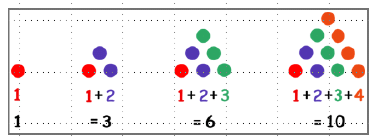
AI and Pattern Recognition
Recognizing Patterns
Just as humans can identify patterns in numbers, words, pictures, and other forms of information, Artificial Intelligence (AI) is designed to recognize similar patterns. This ability to recognize patterns is fundamental to how AI makes decisions.
The Role of Mathematics in AI
- AI relies on mathematics to study and identify patterns within data. By analyzing these patterns mathematically, AI can make informed decisions based on the information it processes.
- Mathematics provides the tools and techniques necessary for AI to understand complex data and extract meaningful insights from it.
Example of Pattern Recognition
To illustrate this concept, consider the following image (not provided here). Can you identify any patterns within the image? Just as AI would analyze the image for patterns, you can use your observational skills to find similarities or recurring elements within it.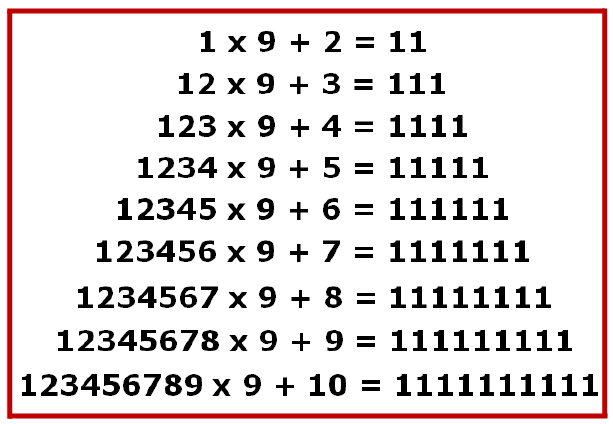
Essential Mathematics for AI
Mathematical Problem-Solving with AI
AI can tackle various types of mathematical problems, similar to how humans approach them. Here are four types of problems that AI can solve using mathematics:
- Finding the Middle Value: Given a set of numbers, AI can calculate the middle value, also known as the median. For example, in the series 11, 22, 33, 44, 55, AI can determine that the middle value is 33.
- Comparing Slant Angles: AI can analyze the slant of lines in an image and determine which line is more slanted. For instance, if presented with two lines, Line 1 and Line 2, AI can assess their angles and identify the steeper one.
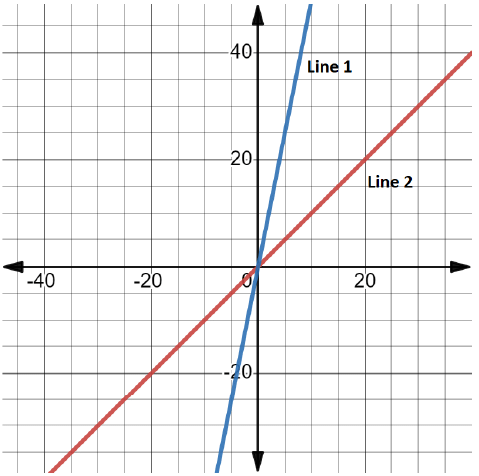
- Counting Plants: AI can sum up quantities from different sources. In a scenario where different individuals have a varying number of plants (A has 2, B has 3, C has 1, and D has 7), AI can quickly calculate the total number of plants by adding these numbers together.
- Predicting Coin Toss Outcomes: AI can analyze the possible outcomes of a coin toss based on the design of the coin. For example, if a coin has distinct features on each side, AI can predict whether it is more likely to land on heads or tails.
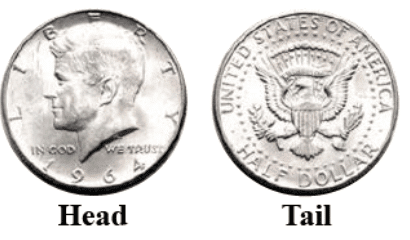
Problem-Solving with A
AI’s Ability to Solve Mathematical Problems
- Just like humans, AI can solve various types of mathematical problems. Here are four types of problems that AI can tackle using math:
Finding the Middle Value
- AI can determine the middle value from a given set of numbers. For example, in the series 11, 22, 33, 44, 55, AI can identify that the middle value is 33.
Comparing Slant Angles
- AI can analyze images and compare the slant of two lines. In a given figure, if there are two lines, AI can determine whether Line 1 or Line 2 is more slanted.
Counting Plants
- AI can count and sum up quantities from different sources. For instance, if Person A has 2 plants, Person B has 3 plants, Person C has 1 plant, and Person D has 7 plants, AI can calculate the total number of plants by adding these numbers together.
Predicting Coin Toss Outcomes
- AI can analyze the possible outcomes of a coin toss based on the design of the coin. For example, if a coin has distinct features on each side, AI can predict the likelihood of it landing on heads or tails.
Statistics
Definition of Statistics
- Statistics involves gathering, examining, and interpreting data.
- Data is obtained from many different sources.
- The collected data is then explored and cleaned for better usability.
- Data analysis is performed to gain a clearer understanding.
- From the analyzed data, conclusions and decisions can be made.
Applications of Statistics
It can be used to predict how well sports teams will perform.
Statistics helps to find out specific information such as:
- The reading level of students.
- The opinions of voters.
- The average weight of residents in a city.
Some More Applications of Statistics
Disaster Management
- Alerts and Preparedness: Statistics help authorities warn citizens in areas at risk of upcoming natural disasters.
- Assessment of Affected Areas: Disaster management teams use statistical data to understand the population, services, and infrastructure in areas that may be impacted.
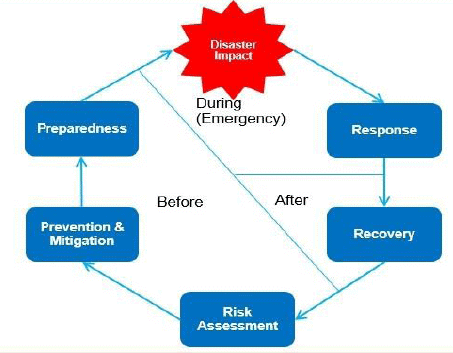
Sports
- Tokyo 2020 Olympics: The Olympics were delayed because statistics showed a sharp increase in COVID-19 cases in Japan during the originally planned dates.
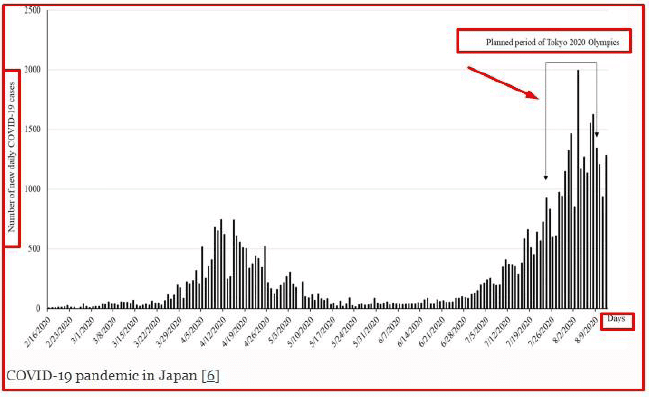
Disease Prediction
- The US government relies on statistics to identify the most prevalent diseases affecting the population.
- This statistical analysis aids in the more effective treatment and management of these diseases.
- For instance, the government can pinpoint areas with rising COVID-19 cases or identify regions where vaccination efforts need to be strengthened.
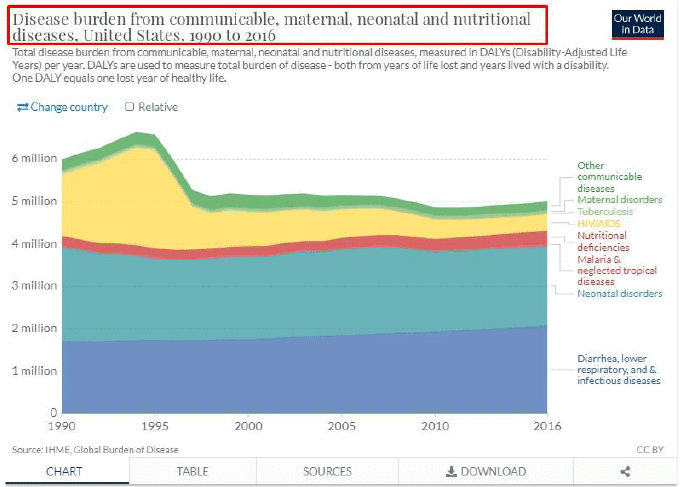
Weather Forecasting
- Computers utilize statistical methods to predict the weather.
- By comparing current weather conditions with historical data from past seasons, computers can make informed forecasts about upcoming weather patterns.
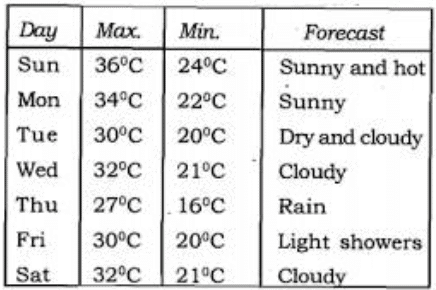
Few more facts
- Kids spend about 1.5 to 3 hours watching TV each day while they are in childcare.
- 72% of teenagers often or sometimes check their messages or notifications right after waking up, and about 40% feel worried when they don't have their cellphone with them.
- A large number, 77%, of children do not get enough physical activity.
- Nearly 23% of kids aged five to 16 think that playing video games with friends counts as exercise.
- Around 69% of all children deal with one or more sleep issues at least a few nights each week.
- Only 54% of children in the US who are between 3 to 5 years old are enrolled in full-day preschool programs.
- Globally, at least 264 million children, or about 12%, do not attend school.
Introduction to probability
Probability quantifies the likelihood of an event occurring. For instance, when flipping a coin, there are two potential results: heads (H) or tails (T). The probability formula determines the chance of an event happening, represented as the ratio of favorable outcomes to the total possible outcomes. This can be expressed mathematically as: Probability of an Event = Number of Favorable Outcomes / Total Number of Possible Outcomes
Probability of an Event = Number of Favorable Outcomes / Total Number of Possible Outcomes
We say that the probability of the coin landing H is ½ and the probability of the coin landing T is ½ When we talk about probability, we use a few terms that help us understand the chances for something to happen.
Probability is useful in estimating a batsman's batting average in cricket, which indicates how many runs a batsman is expected to score before getting out.
For example, if a batsman scored 45 runs out of 100 from boundaries in the last match, probability suggests that he might score 45% of his runs from boundaries in the next match as well.
 2. Weather Forecasting
2. Weather ForecastingProbability plays a crucial role in weather forecasting, helping meteorologists predict the likelihood of events such as rain, snow, or cloud cover on a given day in a specific area.
Forecasters use probability to communicate the chances of certain weather conditions occurring, such as saying there is a "70% chance of rain today between 4 PM and 6 PM," indicating a medium to high likelihood of rain during those hours.
 3. Traffic Estimation
3. Traffic EstimationTraffic estimation is a common practice for most people when they plan to drive to a specific location. Various factors such as the time of day, the area within the city, and the current weather conditions influence their predictions about potential traffic congestion.
For instance, if someone believes there is a 90% chance that traffic will be heavy in their area from 6 PM to 7:30 PM, they might choose to delay their departure to avoid the expected congestion.
|
32 videos|57 docs
|
FAQs on Math for AI (Statistics & Probability) Chapter Notes - Artificial Intelligence (AI) for Class 9
| 1. What is the importance of statistics in artificial intelligence? |  |
| 2. How do we define mean, median, and mode in statistics? |  |
| 3. What are some common applications of statistics in everyday life? |  |
| 4. What is the difference between descriptive and inferential statistics? |  |
| 5. How can one represent data visually using statistics? |  |




















